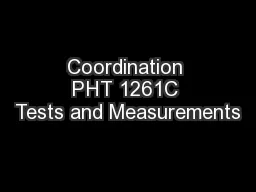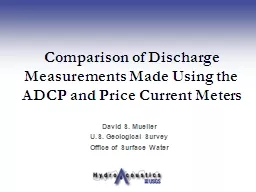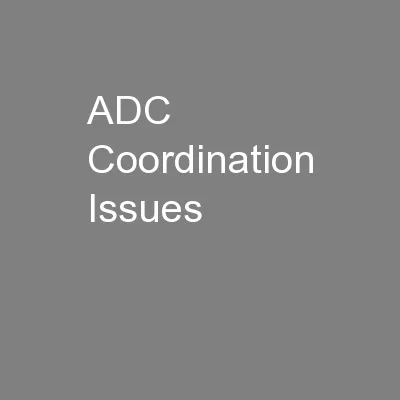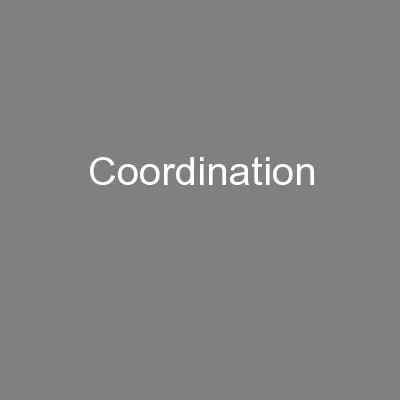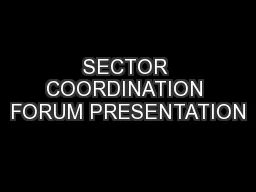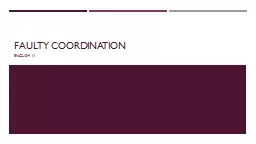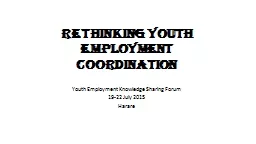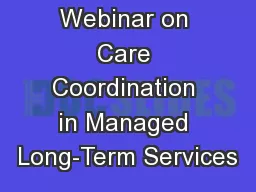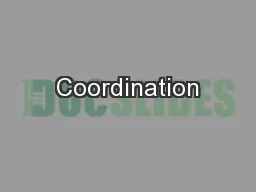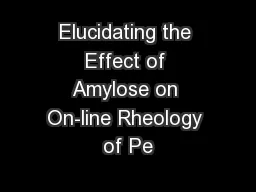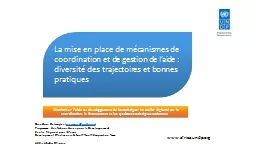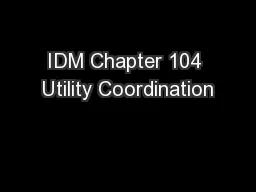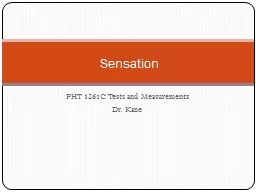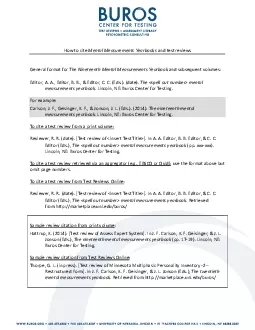PPT-Coordination PHT 1261C Tests and Measurements
Author : test | Published Date : 2018-11-06
Dr Kane Motor Control Coordination Dexterity Agility Definitions Intralimb Interlimb Visual Motor Eye hand Eyehandhead Types of Coordination Determine muscle activity
Presentation Embed Code
Download Presentation
Download Presentation The PPT/PDF document "Coordination PHT 1261C Tests and Measure..." is the property of its rightful owner. Permission is granted to download and print the materials on this website for personal, non-commercial use only, and to display it on your personal computer provided you do not modify the materials and that you retain all copyright notices contained in the materials. By downloading content from our website, you accept the terms of this agreement.
Coordination PHT 1261C Tests and Measurements: Transcript
Download Rules Of Document
"Coordination PHT 1261C Tests and Measurements"The content belongs to its owner. You may download and print it for personal use, without modification, and keep all copyright notices. By downloading, you agree to these terms.
Related Documents

